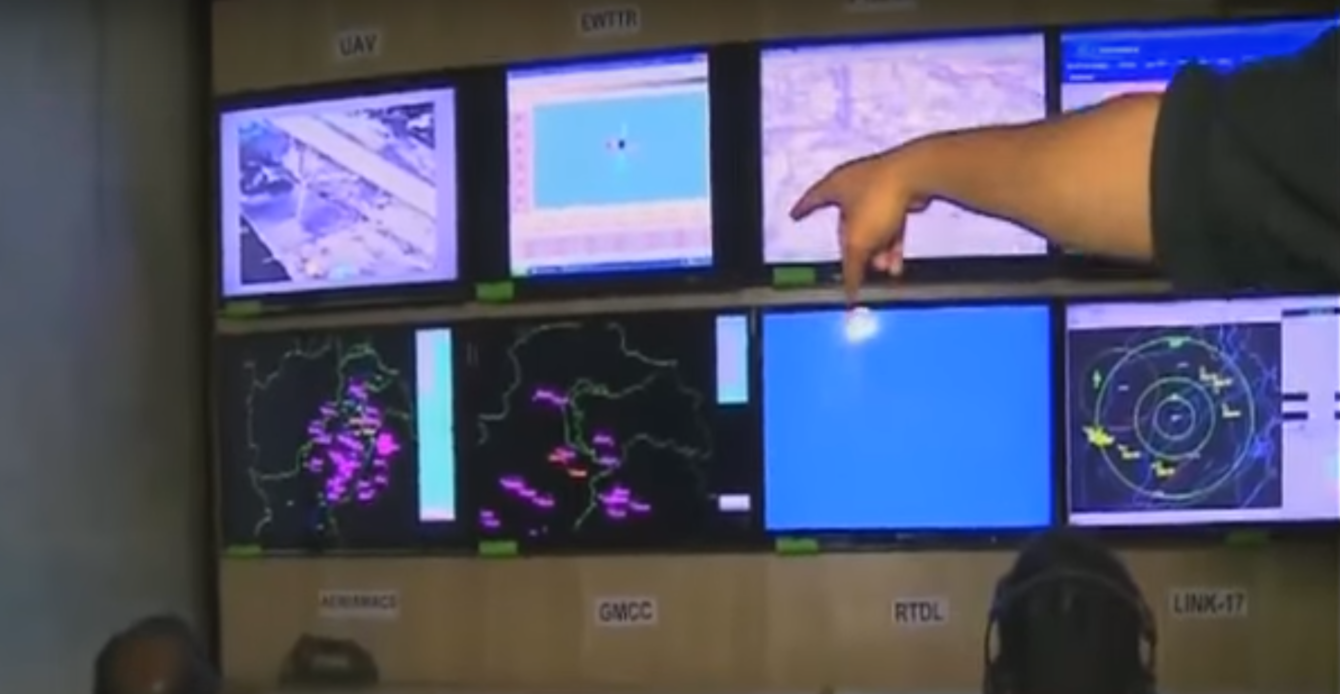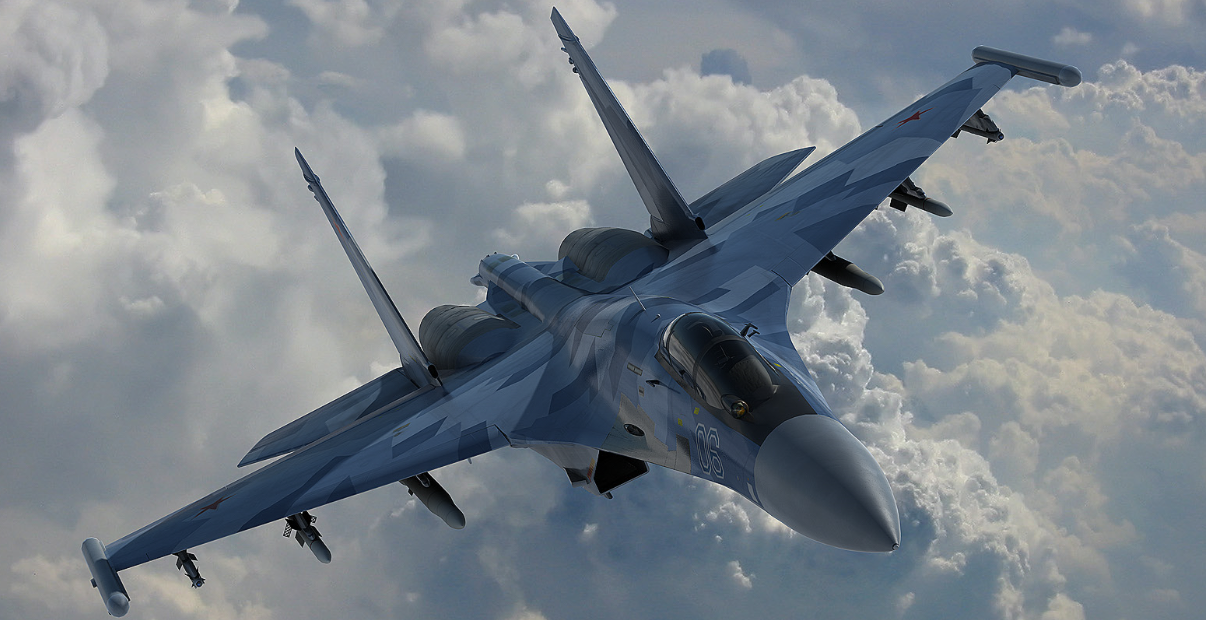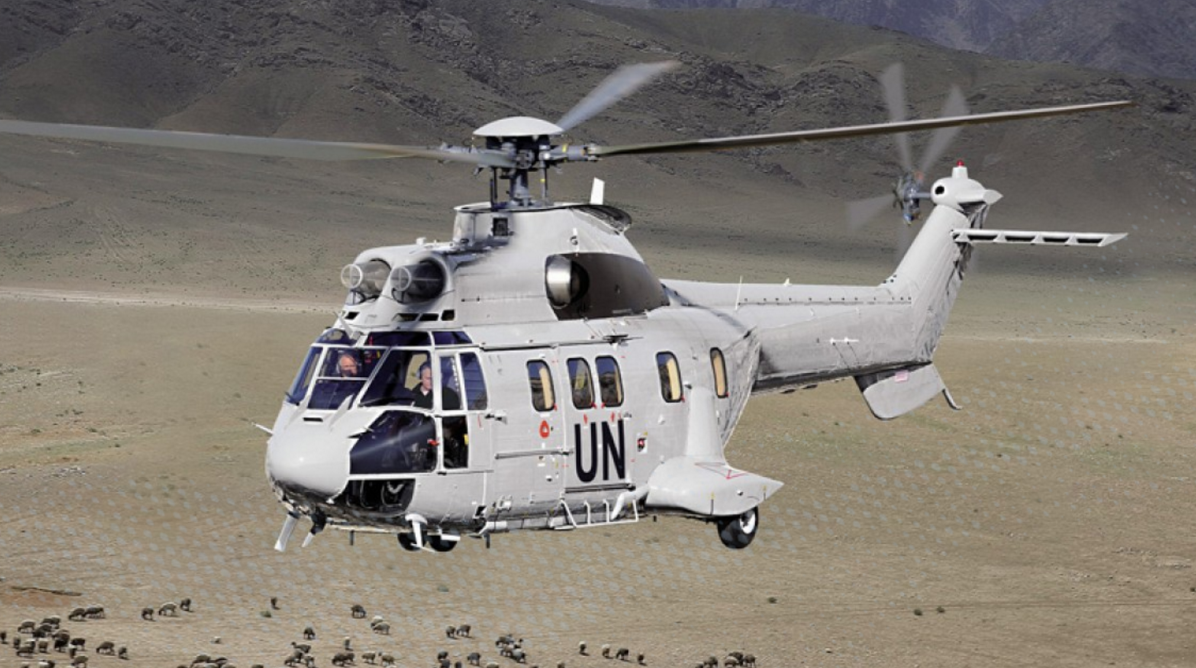35Views 89Comments

“Link-17” – Pakistan’s homegrown data-link system
05 April 2016
By Bilal Khan
A recent report on the Pakistan Air Force (PAF)’s Combat Commanders School (CCS) by Wajahat S. Khan offered a number of informative details on the inner-workings of the PAF’s flagship training program. CCS is basically an institution devoted to preparing and transitioning highly promising mid-career officers for their first leadership posts in the PAF.
Not only are these officers put through rigorous training and strict testing, but they are also educated to further their understanding of modern air warfare, and are thus pushed to develop the capacity to tailor effective solutions for various tactical obstacles the PAF expects to face in a war.
We will certainly take a deeper look at CCS in the near future, but for this article, we want to draw our readers’ attention towards another interesting gem, one worth discussing in detail.
In the midst of all that activity shown at PAF Mushaf (the home of CCS), there was a monitor displaying a feed, and under that monitor was a label with the term “Link-17” printed onto it. “Link-17” is the PAF’s indigenous data-link system, which we touched upon in one of our pieces about Pakistan’s C4ISR system.
Tactical data-links (TDL) are networks that enable secure and jam-resistant voice and data exchanges between connected assets. Within that framework, TDLs also enable networked participants to view in real-time (or at least near real-time) each other’s sensor feeds, which could come from radars, sonars, electro-optical (EO) systems such as cameras, and others.
TDLs are essential components of a network-centric system, which in turn is designed to enable the right respondents to acquire new information in a timely manner. A practical example would be that of a fighter aircraft picking up an intruding enemy fighter using the radar feed of a friendly airborne early warning and control (AEW&C) aircraft. Thanks to the AEW&C’s feed, the friendly fighter is made aware of a possible threat well in advance, thus enabling the friendly fighter to comfortably adapt and address the threat.
The technical aspects of TDLs and how they are used are covered in additional detail in a previous article, but for this piece, it would be worth looking at why the availability of Link-17 is significant for the PAF, the Army, the Navy, and potentially beyond as well.
Link-17 has given the PAF a network protocol that it can use with a wide range of aerial assets, especially domestically driven programs, such as the JF-17 Thunder. The tactical operational benefits are certainly present. As with any modern TDL, the JF-17 (as well as the Mirage ROSE) can utilize the extended range air surveillance coverage offered by the radars on-board the Erieye and Karakoram Eagle AEW&C platforms, which in turn can open up a number of advantageous tactical scenarios.
For example, the JF-17 can engage in ‘lock-on after-launch’ (LOAL) maneuvers using the SD-10 beyond-visual-range air-to-air missile (BVRAAM). In LOAL, the missile is deployed to a waypoint near an approaching target, and when the BVRAAM is in the acquisition-bracket, its terminal active radar-homing seeker will activate and engage the target. In the case of the JF-17, an Erieye AEW&C could detect a target several hundred kilometers away; the JF-17 could use the feed to deploy the SD-10, and in turn, the SD-10 itself could benefit from course updates by data-link from the JF-17 or potentially even the AEW&C.
This is merely one example among many, but there is a universal point worth considering – i.e. control. With Link-17, the PAF has absolute control over its communications protocol, and in turn, it can exercise that control by freely applying Link-17 to the systems of its choice. Of course, there is an exception – i.e. U.S. origin systems such as the F-16, but beyond that, the world is open to the PAF. In time, the PAF could opt to equip Link-17 onto unmanned aerial vehicles (UAV), additional ISR [intelligence, surveillance, and reconnaissance] assets, and even air-to-air and air-to-surface munitions.
The expertise and work developed for Link-17 should be scalable in the sense that the core fundamentals could be made available to the Army and Navy as well. If not already underway, Pakistan could develop various data-link networks for use on a wide range of complete systems, whether it be aircraft, surface ships, and even land vehicles such as main battle tanks. Although network integration within each of the service arms is on track, the greatest benefit of a network-centric system would be interoperability at the inter-services level. In other words, data-link connectivity between the Army, Navy, and Air Force.
One of the key points conveyed by the PAF during Wajahat S. Khan’s report was the fact that the Army and Air Force are closely working together, especially in regards to counterinsurgency (COIN) operations. In November 2015, the Air Force and Navy conducted a joint-exercise (“Sea Spark”), during which the Karakoram Eagle AEW&C played a role. It is evident that inter-services integration, especially in terms of networking key assets such as AEW&C and surface warships, is an objective, and this is a very significant step for the Pakistan Armed Forces.
Commitment towards inter-services cooperation is not new, but as Pakistan’s past wars clearly illustrate, the idea is not easy to apply in practice. The data-link integration and/or interoperability, the exercises, and real combat experience are all practical steps towards genuine inter-services integration, especially at the tactical level. There are a large number of tactical scenarios where TDLs are vital, such as close air support (CAS) missions, which could involve attack helicopters, tanks and other armoured vehicles from the Army, and fixed-wing combat and ISR aircraft from the Air Force. In such a high-threat and – especially in a state versus state war – high-casualty environment, the last thing one needs on their side is chaos and confusion. However, Link-17 and possibly other protocols will enable the JF-17, Z-10 attack helicopter (hopefully), drones such as the Burraq, and armoured vehicles as well as infantry to maneuver in concert together, ensuring that the right assets are deployed for the right situations at the right time.
Data-link integration will enable the armed forces to execute maneuvers in a manner that uses each service arm’s assets in the most efficient and focused way possible. However, in as far as the Pakistan Armed Forces are concerned, there is still one aspect of the communications strategy that has yet to be addressed – satellite communications (SATCOM). In order to raise the network-centric umbrella of the armed forces to the strategic level, a SATCOM network ought to be explored. When combined with the over-the-horizon (OTH) coverage of SATCOM, Pakistan’s data-link efforts could be used to acquire and fully utilize high-altitude long-endurance (HALE) UAVs, strengthen inter-regional command collaboration, as well as boost tactical networks with an additional jam-resistant and high-bandwidth layer.
Although not a guarantee, Pakistan could potentially use its expertise to develop an exportable data-link system. With an export version of the Link-17, the JF-17 could be marketed as a network-centric multi-role system. Prospective customers already have the option of configuring the JF-17 according to their specific needs, it is an open-platform after all (and will be a very interesting prospect once Block-III comes to fruition). But the availability of Link-17 adds another interesting layer. On the one hand, the customer has the option to use the JF-17 as part of a network-centric environment, just like any other modern military in the world. Many of the benefits described above would be available to the end-user. For the Pakistani defence industry, the work of setting up and maintaining this network would open up another avenue for long-term commercial engagement.
Of course, there is no indication that Pakistan would take the commercial route, at least not yet. In any case, Link-17 is an exciting area, one worth following closely from this point on, especially considering the potential it has in terms of strengthening critical qualitative aspects of the armed forces. Having let the existence of Link-17 slip on numerous occasions, it might worth it for the armed forces to discuss it in greater detail during IDEAS 2016.


